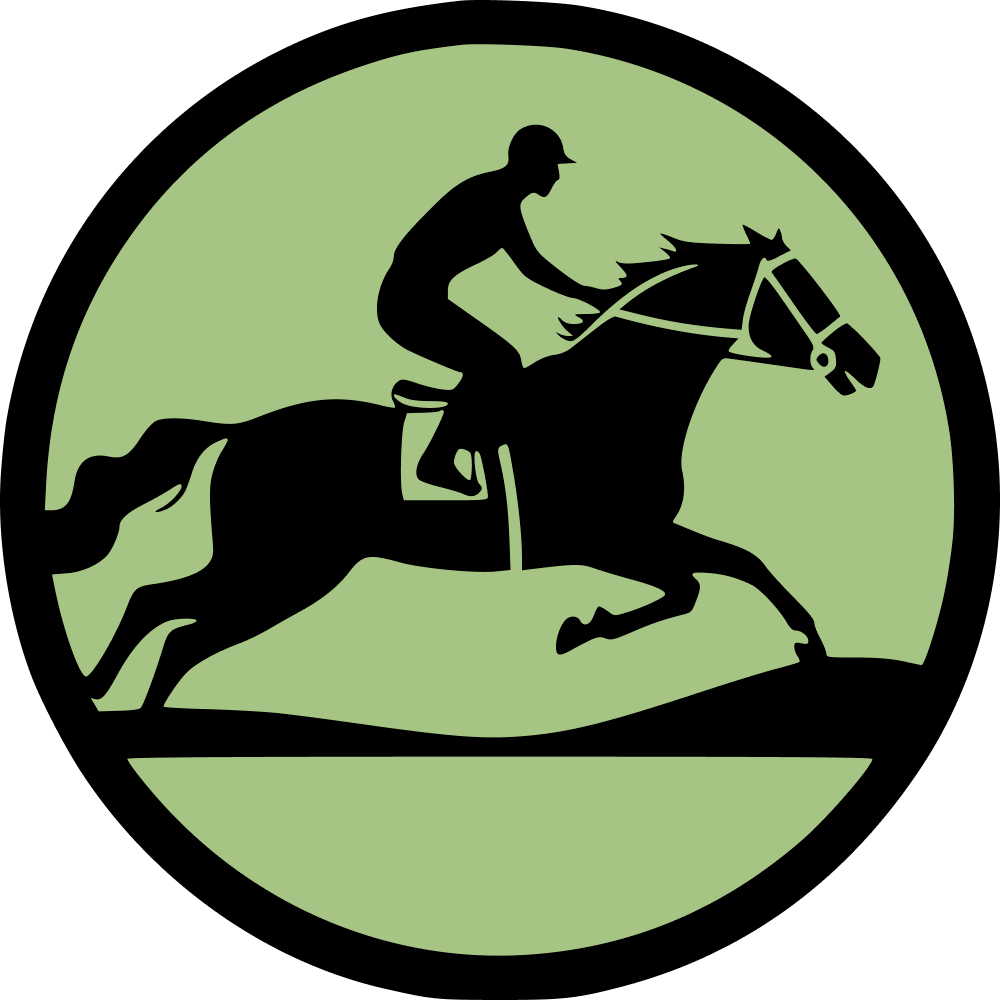Over a century after American jockey Tod Sloan revolutionised horse racing with his innovative riding posture, scientists are beginning to understand why this technique makes horses faster. Initially, jockeys rode upright in a dressage-like position. This changed dramatically in the late 19th century,when Sloan introduced a crouched posture with shorter stirrups. By leaning forward over the horse's neck, Sloan improved race times significantly, prompting other jockeys to adopt his method. By 1897, this style had spread to the U.K., and by 1910, it had become a global phenomenon, improving race times by 5-7%.

Scientific Insights into Jockey Posture
Researchers at the Royal Veterinary College in London have used modern technology to understand the mechanics behind Sloan’s riding style. They equipped jockeys and horses with motion sensors and GPS units to track their movements. The study revealed that the crouched posture allows jockeys to decouple their movements from the horse’s, keeping their mass relatively constant and reducing the horse’s need to lift and accelerate the rider’s weight continuously. Physicist Andrew Spence explained that while the horse bears the jockey’s weight, it doesn't expend extra energy moving them up and down with each stride, conserving the horse’s energy and improving efficiency.

Physical Demands and Training for Jockeys
Maintaining this efficient posture requires immense physical strength and endurance. Jockeys’ heart rates can soar to around 180 beats per minute during races due to the strenuous effort needed to maintain the crouched position. To train for this, many jockeys use devices like the Equicizer, an artificial horse invented by former jockey Frank Lovato Jr., which simulates the motion of a galloping horse. This training helps jockeys maintain their posture throughout races, unlike in the past, when riders often lost form towards the end.

Practical Implications and Biomechanics
The crouched posture has practical benefits, allowing jockeys better balance and control, crucial for managing the horse’s momentum and ensuring safety during potential spills. The shorter stirrups enable greater freedom of movement for the horse and a more aerodynamic ride. Despite the high centre of gravity, which might seem counterintuitive for balance, the posture minimises the rider’s impact on the horse’s natural rhythm and movement. This method has proven effective, even though it looks less stable. Additionally, this technique allows jockeys to use their legs and core muscles like springs, absorbing the horse's movements and reducing the effort required by the horse.

Further Studies and Observations
Further research has explored how this posture could influence other areas. For example, similar principles are applied in designing bungee-powered backpacks, which reduce the strain on the wearer’s shoulders by minimising up-and-down motion. This biomechanical efficiency could also inform the design of better prosthetic limbs, enabling them to handle bumpy environments more effectively. The jockey’s ability to absorb motion and maintain stability while minimising the load on the horse could inspire innovations in human movement and machinery design.
Conclusion: The Human-Horse Connection
In conclusion, while the horses often steal the spotlight in racing, the jockey’s posture plays a pivotal role in enhancing race performance. The evolution from an upright to a crouched stance has led to significant improvements in speed and efficiency, showcasing the intricate interplay between human and animal biomechanics in the sport. Understanding and optimising this relationship has not only advanced horse racing but also provided insights that could benefit various fields of study and technology.

